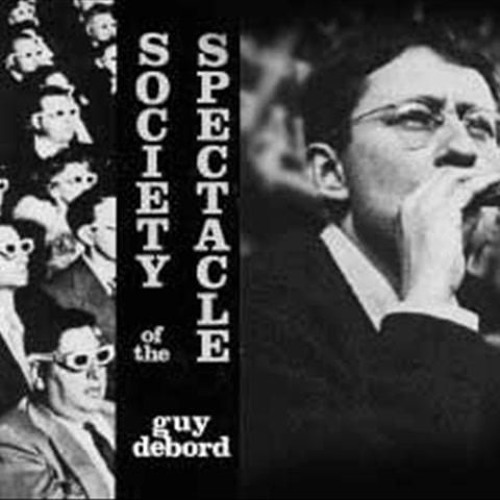

Understood in its totality, the spectacle is both the result and the goal of the dominant mode of production. It is a worldview that has actually been materialized, a view of a world that has become objective. The spectacle cannot be understood as a mere visual deception produced by mass-media technologies. The spectacle is not a collection of images it is a social relation between people that is mediated by images. But due to the very fact that this sector is separate, it is in reality the domain of delusion and false consciousness: the unification it achieves is nothing but an official language of universal separation. As a part of society, it is the focal point of all vision and all consciousness. The spectacle presents itself simultaneously as society itself, as a part of society, and as a means of unification. The spectacle is a concrete inversion of life, an autonomous movement of the nonliving. The specialization of images of the world evolves into a world of autonomized images where even the deceivers are deceived. Fragmented views of reality regroup themselves into a new unity as a separate pseudoworld that can only be looked at. The images detached from every aspect of life merge into a common stream in which the unity of that life can no longer be recovered.

Everything that was directly lived has receded into a representation. In societies dominated by modern conditions of production, life is presented as an immense accumulation of spectacles. Feuerbach, Preface to the second edition of The Essence of Christianity 1 Sacredness is in fact held to be enhanced in proportion as truth decreases and illusion increases, so that the highest degree of illusion comes to be the highest degree of sacredness. truth is considered profane, and only illusion is sacred. But for the present age, which prefers the sign to the thing signified, the copy to the original, representation to reality, appearance to essence.


 0 kommentar(er)
0 kommentar(er)
